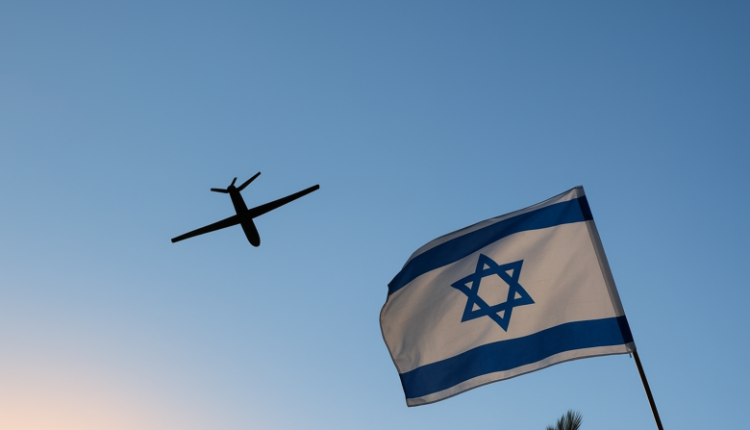Documented Breach in Umm al-Rashrash: A Filmed Operation Reveals Yemeni Capabilities Able to Penetrate Israeli Defenses
Amid a charged context of major events and rapid strategic shifts, Yemen has asserted itself as an active field player at the heart of the ongoing confrontation with the Zionist enemy through a series of precision military operations carried out by the Yemeni Armed Forces deep inside occupied Palestine—specifically in the areas of Umm al-Rashrash, Be’er Sheva, the Negev, and Jaffa. These operations, which have increased in frequency over recent days, did not come as isolated reactions but as an extension of a firm faith-based and jihadist stance consistently expressed by the Yemeni leadership since the outset of the “Al-Aqsa Flood” campaign. Official statements have underscored an unambiguous position: full solidarity with the oppressed Palestinian people and direct entry into the ummah’s battle against the Zionist entity.
Recent operations have moved beyond symbolic or rhetorical support to become concrete military acts that alter the character of the confrontation and redraw aspects of the regional engagement map. A defining feature of this phase is the shift from striking international shipping lanes in the Red Sea and Bab al-Mandeb to striking sensitive military targets inside the depth of the occupied entity, using hypersonic ballistic missiles of the “Palestine-2” type and precision-guided unmanned aerial vehicles (UAVs). These operations are documented on video and accompanied by tangible results acknowledged even by enemy media. With this shift, the Yemeni Armed Forces have inaugurated a new stage in the deterrence equation, establishing a persistent pressure element in any open confrontation with the enemy and reinforcing the principle of united fronts as a practical reality the enemy cannot ignore.
The Filmed Operation: Messages in Fire, Sound and Image
Among the series of military operations executed by the Yemeni Armed Forces inside the occupied entity, the latest operation—conducted by two UAVs in the Umm al-Rashrash area in southern occupied Palestine—stood out as one of the clearest filmed field messages Sana’a has sent to Tel Aviv since the beginning of the aggression on Gaza.
Although the Yemeni Armed Forces have previously documented several operations with photos and video clips, what distinguished this operation was that it left no room for denial, doubt, or misinterpretation: the footage shows the Yemeni UAV breaching the occupied Palestinian airspace without being intercepted, continuing to hover precisely above the designated target before detonating directly on impact, while Israeli air-defense systems failed to counter it or even track its trajectory effectively.
Symbolically and technically, this scene served as documented proof of the erosion of the “Iron Dome” aura and of the advanced interception systems the enemy has long boasted about. The filmed record did more than show the strike: it presented the sequence from airspace intrusion to flight and impact, constituting conclusive evidence of Yemeni capabilities in control, guidance, aerial technology, and field intelligence.
Multiple Messages: Escalation in Timing, Location and Means
The filmed operation was not an isolated military incident but a multilayered message targeting political, psychological, and operational dimensions simultaneously. The timing—occurring amid a wave of successive Yemeni operations in prior days—carries strategic meaning: demonstrating the capacity for sustained strikes and signaling to the enemy that these blows are not sporadic or individual attempts but a connected series capable of applying continuous pressure. This recurrence in timing forces decision-makers in the entity to rebalance priorities between coastal and maritime protection and strengthening the southern interior; otherwise, the defense burden will accumulate to the point of exhaustion.
The chosen location—Umm al-Rashrash and its environs—is more than a point on the map; it is a theater with symbolic and functional significance. Targeting areas near “Ramon Airport” and logistical and transit points aims to disrupt the enemy’s rapid maneuvering and southern redeployment capabilities, and to undermine confidence in logistical corridors used as partial relief valves for pressures on other fronts. The alignment between the site’s symbolic nature and the operational importance of the target reveals a level of intelligence maturity and judgment by Yemeni command that enabled selection of an axis with maximal practical and psychological impact.
The weapons used—advanced UAVs and hypersonic missiles—reflect technological advances and an ability to combine means. UAVs no longer serve merely as conventional attack or reconnaissance tools; they have become instruments to demonstrate “presence” inside enemy airspace and to generate visual moments that can be tu

